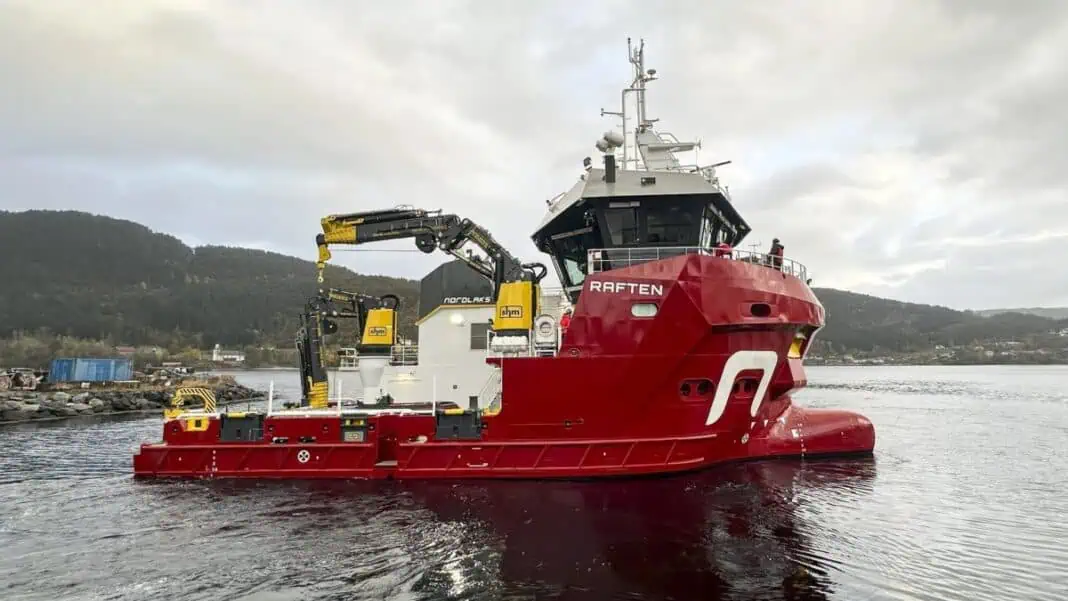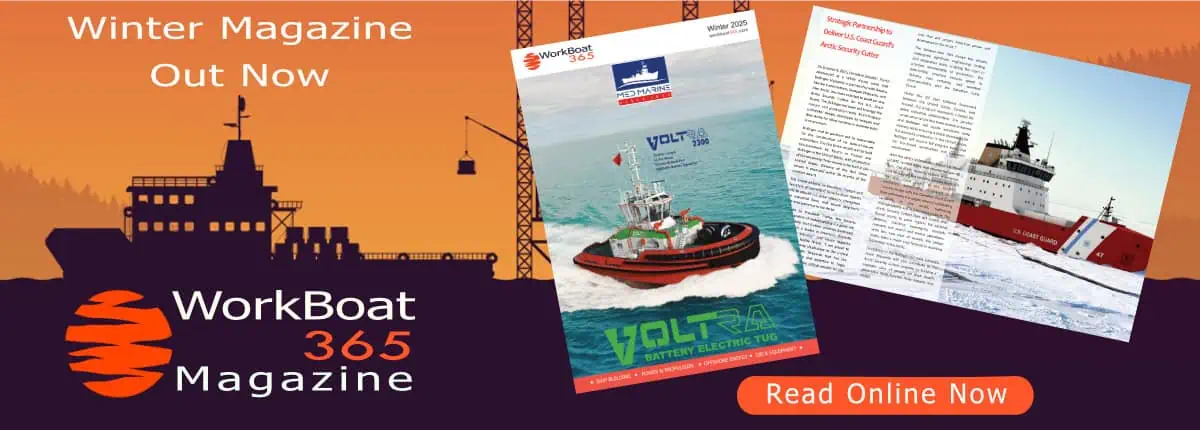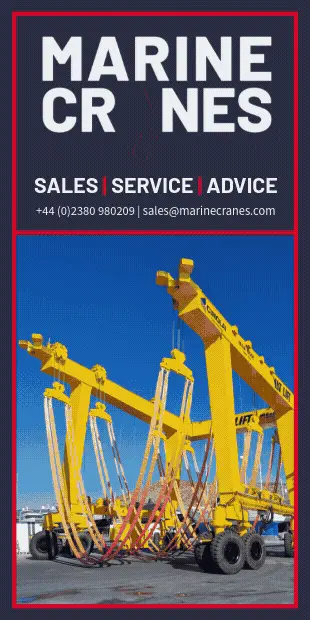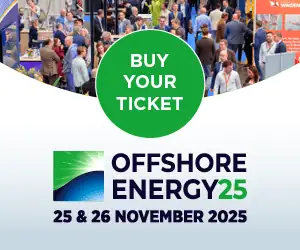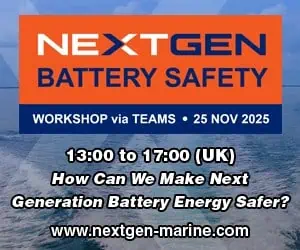Norwegian shipyard, Tersan Havyard has successfully delivered a state-of-the-art hybrid aquaculture service vessel to Nordlaks, a Norwegian salmon farming company. Designed by NSK Ship Design, the new vessel represents a pivotal shift towards a more sustainable and efficient aquaculture sector. As a new generation hybrid service vessel, it integrates advanced propulsion technology to significantly reduce emissions and operational environmental impact.
“This project is a very important reference project for Tersan Havyard. It shows that we have both the expertise and facilities to build and complete such a vessel completely from A to Z here at the shipyard”, says shipyard director Sveinung Vestbø. “I am quite sure that this vessel will receive significant attention, both in terms of the level of equipment and the facilities on board. I would like to extend a big thank you to all our employees, the customer and the suppliers who have jointly contributed to us being able to deliver such a great product. We deliver a top product – and a satisfied customer. We are proud of that.”
Project manager Jan Andre Førde Systad says that the hybrid aquaculture service vessel combines power, precision and sustainability in a compact format: “The vessel is built in steel with an overall length of 28.5 meters and a beam of 13.2 meters, and combines large capacity with precise manoeuvring and a high technological standard. The design facilitates a wide range of operations – from towing and anchor handling to inspection, ROV work and underwater positioning – all within the framework of an efficient and robust vessel. Overall, the vessel combines strength, technology and sustainability in a compact design that few can match. With this newbuilding, Nordlaks is taking a new step in the development of efficient and environmentally friendly service vessels for the modern aquaculture industry.”
The propulsion is based on an advanced diesel-electric hybrid system with variable pitch propeller in the nozzle, three generators and powerful electric motors. In addition, the vessel is equipped with a battery system (ESS) of approximately 1100 kWh, which enables peak shaving, reduces fuel consumption and makes it possible to operate completely silently during periods of low load. Together with the shore power connection, this contributes to a significant reduction in emissions and noise – a clear environmental benefit.
Despite its compact size, the hybrid aquaculture service vessel is equipped with anchor handling equipment on par with larger offshore vessels, including powerful electric winches, rope pegs, plate locks and a shark jaw dimensioned for heavy operations. On deck are two hydraulic articulated boom cranes of a total of 200 ton meters each, with a reach of up to 25 meters, which provides high lifting capacity and efficient handling of heavy equipment both on deck and at sea.
Another highlight is the integrated ROV system, directly connected to the control system on the bridge. The solution makes it possible for operators to monitor and control the underwater vehicle with high precision from the same workstation as the other operations – an example of how well-thought-out the vessel has been built for the needs of the future in aquaculture operations.
VP Project Vegard Skår particularly highlights how the project has combined advanced technology, smart design and good craftsmanship: “With B152 we have delivered a state-of-the-art work vessel that represents the latest in technology and innovation in the segment. The vessel has impressive capacities, and the project has set high demands for space utilization and technical integration. At the same time, comfort for the crew has been a key focus area throughout the entire process. We are proud to have delivered such a complex vessel from our own shipyard – built entirely at Tersan Havyard. The collaboration with Nordlaks has been both educational and rewarding, and we would like to highlight the efforts of the people at the shipyard. It is their expertise and commitment that have made this possible.”
Sverre Mikalsen Hals from Nordlaks emphasizes that the close collaboration has been a key factor in the result: “The collaboration with Tersan Havyard has been close, constructive and characterized by a strong commitment to achieving the best result, right from the design phase to where we are today. We have had skilled inspectors in place in Leirvik since January who have followed the construction closely,” says Nordlaks. “The construction process has been both educational and engaging – as it should be with a new building. There has been room for good, and at times demanding discussions, but through close collaboration we have arrived at the best solutions. When Raften sets course north, anchor handling, ROV operations and towing assignments await. We look forward to putting the vessel into service. This is the next generation service boat – and it will mean a lot to the entire Nordlaks.”




